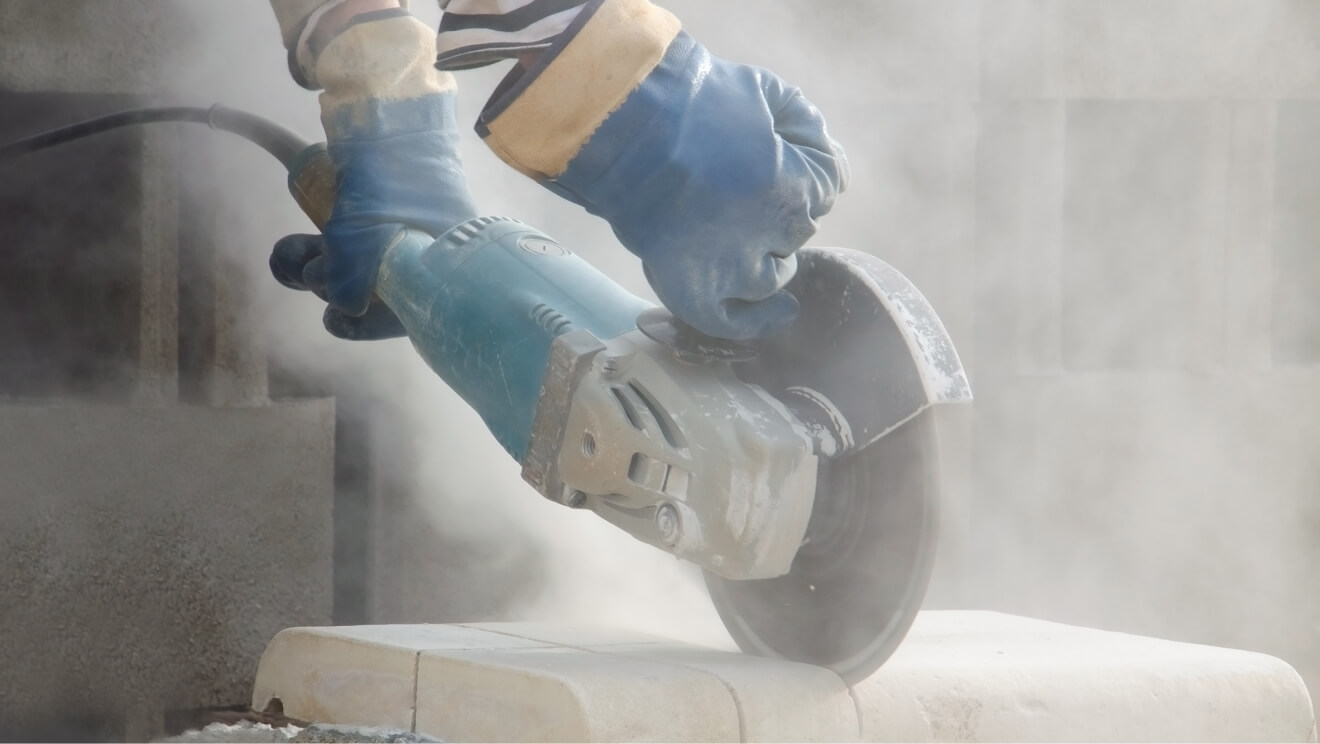Dust and Silica Monitoring
Dust and Silica Monitoring
Dusty workplaces can cause serious long-term respiratory health issues. Employers must provide a safe workplace, and monitoring dust exposure is a key step.
Types of dust:
- Inhalable dust: Larger particles (>10 microns) that enter the nose and mouth, settling in the upper airways.
- Respirable dust: Fine particles (<10 microns) that reach deep into the lungs where gas exchange occurs.
- Crystalline silica (found in rocks, soils, and engineered stone) is particularly harmful. Breathing fine crystalline silica dust can cause silicosis and lung cancer. Because of these risks, regulations now impose stricter controls, especially for stonemasons and businesses using engineered stone or products containing crystalline silica.
HAZCON can assist with:
- Personal and static monitoring for inhalable and respirable dust exposure
- Real-time process monitoring with Dust-Trak instruments
- Analysis of samples for respirable crystalline silica
- Bulk sample analysis for silica content in products (for registers or SDS updates)
- Guidance on effective dust controls and compliance strategies
- Employee training on silica hazards, controls, and respiratory protection
- Advice on selecting the right respiratory protective equipment (RPE)
Regulatory requirements (Victoria):
- Stonemasons must hold an engineering stone licence, which requires control plans, monitoring, risk assessments, and staff training.
- High-risk crystalline silica work (exposure >50% of the standard) requires a hazard control statement.
- Manufacturers and suppliers must list crystalline silica content on safety data sheets.
Standards and compliance. All dust monitoring is carried out in line with:
- AS 2985-2009 (respirable dust sampling)
- AS 3640-2009 (inhalable dust sampling)
- WorkSafe Victoria – Engineered Stone Compliance Code, Edition 3 (April 2025)
- Safe Work Australia Workplace Exposure Standards (2019, transitioning to Workplace Exposure Limits by December 2026)
- Australian Institute of Occupational Hygienists (2016) Position Paper – Adjustment of Workplace Exposure Standards for Extended Work Shifts
HAZCON’s occupational hygiene work follows Victorian legislation, Australian Standards, and industry best practice.
For more information or a quote, contact us on 1800 429 266 or hazcon@hazcon.com.au.

